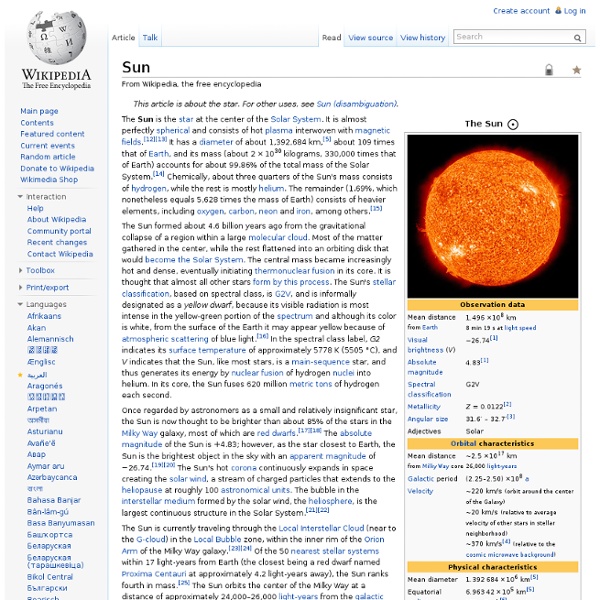



Pulsar The precise periods of pulsars makes them useful tools. Observations of a pulsar in a binary neutron star system were used to indirectly confirm the existence of gravitational radiation. The first extrasolar planets were discovered around a pulsar, PSR B1257+12. Certain types of pulsars rival atomic clocks in their accuracy in keeping time. History of observation[edit] Discovery[edit] The first pulsar was observed on November 28, 1967, by Jocelyn Bell Burnell and Antony Hewish.[1][2][3] They observed pulses separated by 1.33 seconds that originated from the same location on the sky, and kept to sidereal time. The word "pulsar" is a contraction of "pulsating star",[7] and first appeared in print in 1968: An entirely novel kind of star came to light on Aug. 6 last year and was referred to, by astronomers, as LGM (Little Green Men). Milestones[edit] In 1974, Joseph Hooton Taylor, Jr. and Russell Hulse discovered for the first time a pulsar in a binary system, PSR B1913+16. Nomenclature[edit]
Quasar Artist's rendering of ULAS J1120+0641, a very distant quasar powered by a black hole with a mass two billion times that of the Sun.[1] Credit: ESO/M. Kornmesser Quasars (/ˈkweɪzɑr/) or quasi-stellar radio sources are the most energetic and distant members of a class of objects called active galactic nuclei (AGN). Quasars are extremely luminous and were first identified as being high redshift sources of electromagnetic energy, including radio waves and visible light, that appeared to be similar to stars, rather than extended sources similar to galaxies. While the nature of these objects was controversial until the early 1980s, there is now a scientific consensus that a quasar is a compact region in the center of a massive galaxy, that surrounds its central supermassive black hole.[2] Its size is 10–10,000 times the Schwarzschild radius of the black hole. Overview[edit] A Hubble picture showing a quasar core Properties[edit] Gravitationally lensed quasar HE 1104-1805.[13]
Redshift Absorption lines in the optical spectrum of a supercluster of distant galaxies (right), as compared to absorption lines in the optical spectrum of the Sun (left). Arrows indicate redshift. Wavelength increases up towards the red and beyond (frequency decreases). In physics, redshift happens when light or other electromagnetic radiation from an object is increased in wavelength, or shifted to the red end of the spectrum. Although knowledge of redshifts and blueshifts has been applied to develop several terrestrial technologies (such as Doppler radar and radar guns),[1] redshifts are most famously seen in the spectroscopic observations of astronomical objects.[2] A special relativistic redshift formula (and its classical approximation) can be used to calculate the redshift of a nearby object when spacetime is flat. Redshift and blueshift History[edit] The earliest occurrence of the term "red-shift" in print (in this hyphenated form), appears to be by American astronomer Walter S. (since where